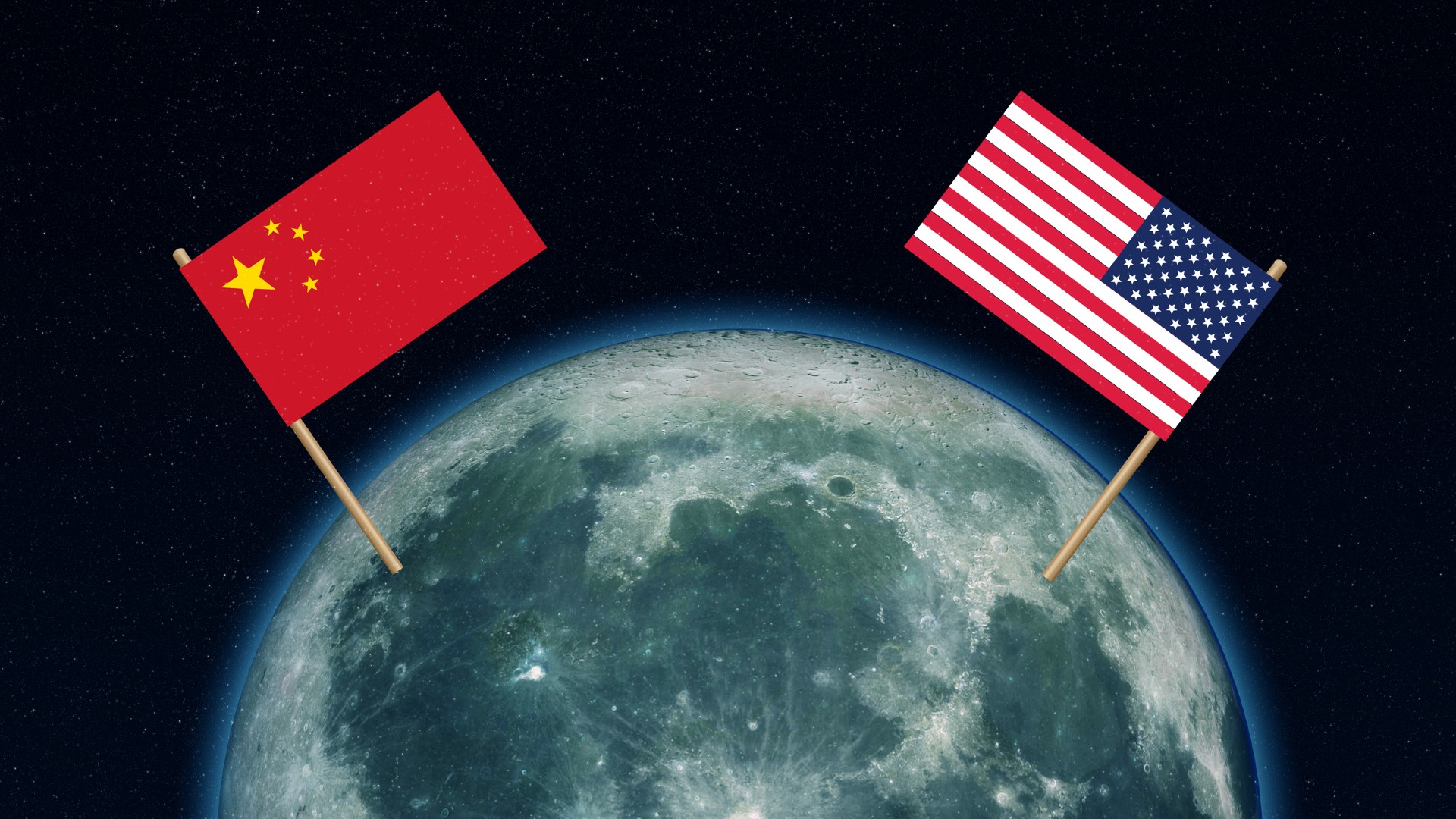China won't beat US Artemis astronauts to the moon, NASA chief says

NASA Administrator Bill Nelson is unconcerned that China will beat the United States in returning astronauts to the moon.
Both China and the United States have plans to land astronauts on the moon before the decade is over, reviving talk of a new space race. "It is a fact: We're in a space race," Nelson said in a 2023 interview. "And it is true that we better watch out that they don't get to a place on the moon under the guise of scientific research. And it is not beyond the realm of possibility that they say, 'Keep out, we're here, this is our territory.'"
But Nelson no longer seems to believe that the "race" is winnable for China. During a media teleconference on Tuesday (Jan. 9) that discussed the schedule for the agency's Artemis program, the NASA chief announced that the agency is now targeting September 2026 for its Artemis 3 mission, which will land a crew on the lunar surface. In response to a question about China's timeline during the teleconference, Nelson dismissed concerns that the U.S. could lose the race to put human boots back on the moon.
"I do not have a concern that China is going to land before us," Nelson said. "I think that China has a very aggressive plan. I think they would like to land before us, because that might give them some PR coup. But the fact is that I don't think they will. I think it is true that their date that they announced keeps getting earlier. But specifically, with us landing in September of '26, that will be the first landing."
Related: 'We're in a space race.' NASA chief says US 'better watch out' for China's moon goals
For its part, China is aiming to place a crew of astronauts (or taikonauts, as the country's space crews are known) on the moon by 2030. Both the United States and China are aiming for the lunar south pole, a region thought to be rich in water ice.
To get its crews there, China's space agency is planning to test its new human-rated spacecraft by 2027 or 2028. It has also laid out plans for using two launches to reach the moon — one to place a lunar lander in orbit and another to send a crew up to it. This two-launch plan would "overcome China's longstanding technological hurdle of developing a heavy-duty rocket powerful enough to send both astronauts and a lander probe," according to Reuters.
Breaking space news, the latest updates on rocket launches, skywatching events and more!
China's moon ambitions aren't just about placing astronauts on the lunar surface, however. The nation's space agency plans to launch the robotic Chang'e 6 mission to the moon's far side in order to collect lunar samples and return them to Earth, which if successful would mark the first time that material has been brought back from the lunar far side. China's space agency is aiming for a late 2024 launch for the mission, according to SpaceNews.
But it's not all competition when it comes to China, the United States and the moon. In late 2023, NASA approved agency-funded researchers to apply for access to lunar samples returned to Earth by Chang'e-5 moon mission, the first time U.S. scientists have been able to physically access China's lunar samples.

Brett is curious about emerging aerospace technologies, alternative launch concepts, military space developments and uncrewed aircraft systems. Brett's work has appeared on Scientific American, The War Zone, Popular Science, the History Channel, Science Discovery and more. Brett has English degrees from Clemson University and the University of North Carolina at Charlotte. In his free time, Brett enjoys skywatching throughout the dark skies of the Appalachian mountains.
